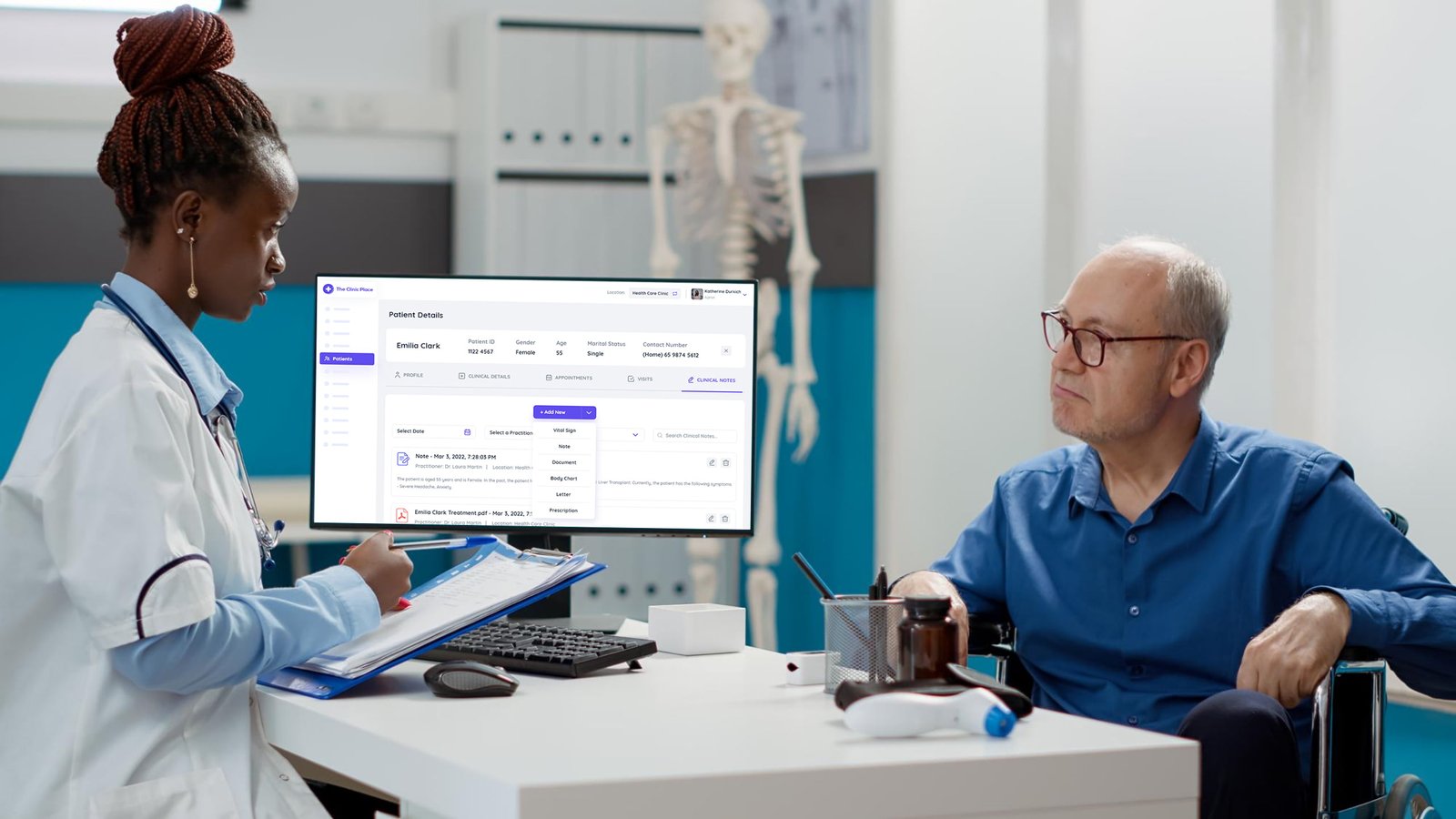The Role of Consent Forms in Patient Care: Best Practices for Clinicians
The Clinic Place Team
Consent forms help people understand their medical treatments and make informed decisions. This blog article discusses permission forms in patient care and offers clinical best practises.
Why are patient consent forms important?
Patient consent forms perform various vital purposes. They help patients choose treatment.
Consent forms explain the planned treatment, its risks and benefits, and any alternatives.
Consent forms safeguard patients from unwanted or needless treatment. Consent forms avoid power abuses and promote patient dignity by requiring patients to express their explicit agreement to a specific treatment.
Lastly, permission papers document patient consent for a specific therapy or operation. In a care dispute or lawsuit, this is crucial.
Patient consent forms best practices.
Clinicians can use consent forms in patient care best practices:
- Make the consent form easy to understand: Consent forms should be written in plain language and clearly define the planned therapy or operation.
- Give the patient time to read the consent form: Before signing, patients should have time to read and understand the permission document.
- Address patient queries: Patients may have treatment or procedure questions. When signing the consent form, take time to answer these questions and ensure the patient understands the treatment.
- Patient signature: The patient must sign the permission form after reviewing and understanding it.
- Keep a copy: Retain the signed consent form in the patient’s medical record for future reference.
Consent forms ensure that patients are educated about their medical procedures and treatments and can make informed decisions. Clinicians can promote patients’ rights and dignity by using permission forms properly.
The Clinic Place’s forms automation feature digitises consent forms and streamlines clinic patient consent. Clinicians may simply design and customise permission documents using a user-friendly interface, and patients can review and sign them electronically via a secure web portal.
Digital permission forms have various advantages over paper ones. Clinicians save time and money by not printing and distributing paper forms. Electronic consent forms in the patient’s medical record make storage and retrieval easier.
You may also like these articles!

Streamline Your Clinical Documentation with SOAP Notes
Share via:Clinical notes are a crucial tool for recording patient visits and giving a history of the care given. In a clinical context, SOAP notes are a standard format for recording patient encounters. Subjective, Objective, Assessment, and Plan make up their four fundamental structural pillars. These are some possible models for clinic clinical notes: Subjective: […]
The Clinic Place Team

Electronic Health Records and Clinical Decision-Making: How Data is Changing the Way Doctors Treat Patients
Share via:EHRs make medical histories, prescriptions, allergies, and test results easily accessible to doctors, changing how they treat patients. This information is very important for making clinical decisions because it helps doctors choose the best diagnosis and treatment options. One of the main benefits of EHRs is that they can make patients safer. EHRs can […]
The Clinic Place Team

AI and the Health Industry: How Technology is Transforming Patient Care
Share via:In a number of ways, artificial intelligence (AI) is altering the way we think about healthcare, from enhancing diagnosis and treatment planning to streamlining administrative duties. There are many possible uses for AI in healthcare, and it is obvious that this technology has the ability to completely change the way we provide patient care. […]
The Clinic Place Team